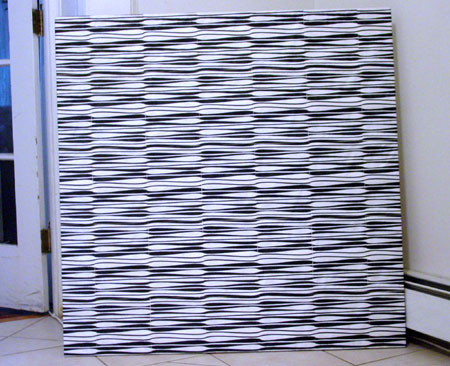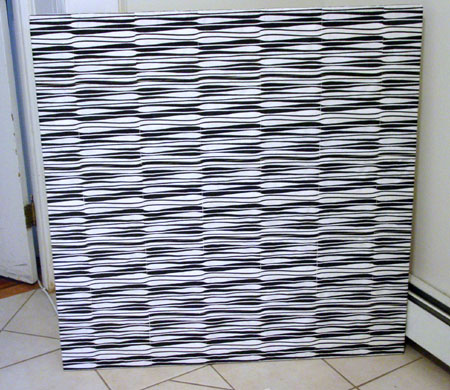Visited several galleries yesterday on New York's Lower East Side. Some 40 spaces have popped up in the last couple of years, mostly small, one or two room, well-appointed oases of white-walled serenity in a zone of commercial clutter and urban rot. The northern anchor for this array of map pins is the New Museum, where guards inspect visitors at the door for cheekbones and personal elegance (not really, but at least half the gallerygoers at any given time seem fashion model gorgeous--even the visiting curators--what ever happened to the arts professionals with middle-aged paunches and bad hair? and whatever happened to the dumpy old New Museum after it moved from Soho to the Bowery? Somewhere enroute it became fabulous.) The Urs Fischer sculpture show mostly borrowed from other artists but the next morning found me thinking about a purple piano that deflates. Derivative of Claes Oldenburg's giant soft drum kit, toilet, etc, but redeemed by the craftsmanship of a large complex object cast in vivid seamless violet and allowed to wilt, with all the inner strings visible and merging into an undulating mass. The piano came to mind because 10 or 15 galleries later, at James Fuentes, down on a bleak stretch of St. James, a Jonas Mekas video depicted an elderly, wheelchair-seated Nam Jun Paik repeatedly toppling an upright onto its back. A team of eager young assistants scrambled to lift the instrument, and Paik knocked it over again...and again...like a petulant child pushing away an unwanted toy, each time with a nerve-wracking crash. (The video occupied one corner of a quartet of screens with live Mekas-shot footage of the Berlin Wall and World Trade Centers falling and the mop-up after a Danius Kesminas fire sculpture/performance.)
Two destroyed pianos, one at the start and one at the end of a series of gallery visits. Somehow the musical non-accompaniment for the adventure lingered after [Tom - this is a great lead - are you going to fill in the rest of the details of your trip? --ed.]



